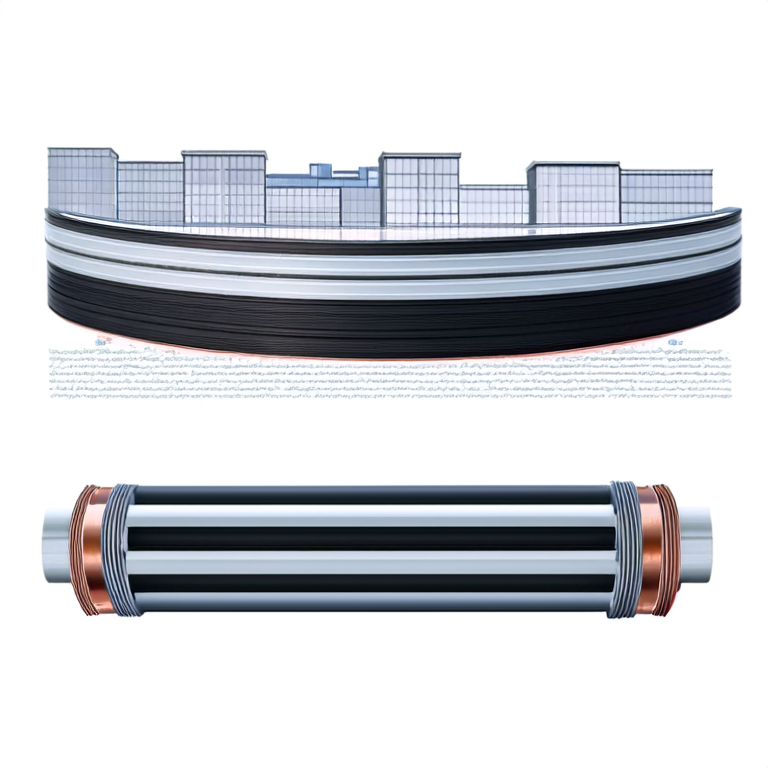+86 186 2902 8721
+86 156 1293 3210
+86 186 2902 8721
+86 156 1293 3210





September 08, 2025
Share:
In the rapidly evolving electrical and construction industries, low voltage power cables (LV cables) play a critical role in ensuring the reliability and efficiency of electrical systems. Often associated with safe power distribution, these cables operate under power levels of 1,000 volts or less, making them indispensable for household, commercial, and industrial applications. As the need for effective and safe energy transmission grows, understanding the specifications and applications of low voltage power cables becomes essential for engineers and contractors alike.

What is the Difference Between LT and HT Cables?
Low voltage (LT) cables operate under 1,000 volts, while high voltage (HT) cables function above this threshold. This distinction significantly impacts their application methods, insulation types, and safety protocols.
Low voltage power cables are designed to transmit electrical energy at lower voltage levels. These cables typically consist of copper or aluminum conductors, insulated with materials such as polyvinyl chloride (PVC) or cross-linked polyethylene (XLPE). The insulation protects against electrical faults and mechanical stresses. A key term in this discussion is "current-carrying capacity," which determines how much electrical load a cable can safely handle. According to the National Electrical Code (NEC), correct sizing of cables is essential as undersized conductors can cause overheating, leading to failures or fire hazards.
Low voltage power cables are utilized in various fields, including:
With a global low voltage cables market projected to reach USD 176.14 billion by 2026, primarily driven by urbanization and infrastructural developments (source: Mordor Intelligence), the importance of these cables cannot be overstated.
Understanding the advantages of low voltage power cables is vital for industry professionals. Key benefits include:
If you\'re considering the implementation of low voltage power cables in your upcoming projects, we recommend reading the user manual provided by manufacturers. Familiarize yourself with standard installation guidelines, maintenance practices, and safety measures to ensure optimal cable performance.
1. What are the different types of low voltage power cables?
There are several types, including armoured cables for high mechanical protection, unarmoured cables for lighter applications, and screened cables for controlled environments where interference may pose a problem.
2. How do I choose the right low voltage cable?
Selecting the appropriate cable depends on various factors, including the application environment, required electrical load, and installation methods. Always consult a qualified electrician or engineer for guidance.
3. Can I use low voltage cables for outdoor applications?
Yes, but it is crucial to ensure the cables are rated for outdoor use with a waterproof and UV-resistant insulation to prevent degradation from environmental factors.
As urbanization increases and electrical solutions become more complex, the understanding and utilization of low voltage power cables, such as those offered by Qinfong, will continue to be pivotal. For further exploration, engage with industry guidelines and consider trials of innovative cable products to address specific project needs.
Rencent News
What is an Aluminum Alloy Conductor Power Cable?
November 28, 2025
What is the difference between 14 2 and 16 2 low voltage wire?
November 14, 2025
Is there a difference between low voltage wire and regular wire?
November 14, 2025
Contact Us
Customization
Our team is composed of experienced experts who are eager to help you find the right solution for your business.

Please specify product categories and specifications

Annual output of customized products: 8000 tons/year

Please specify the voltage: 0.3-35KV

Produce as per CE, UL, RoHS, IEC, etc.

Produce as per customers’ samples